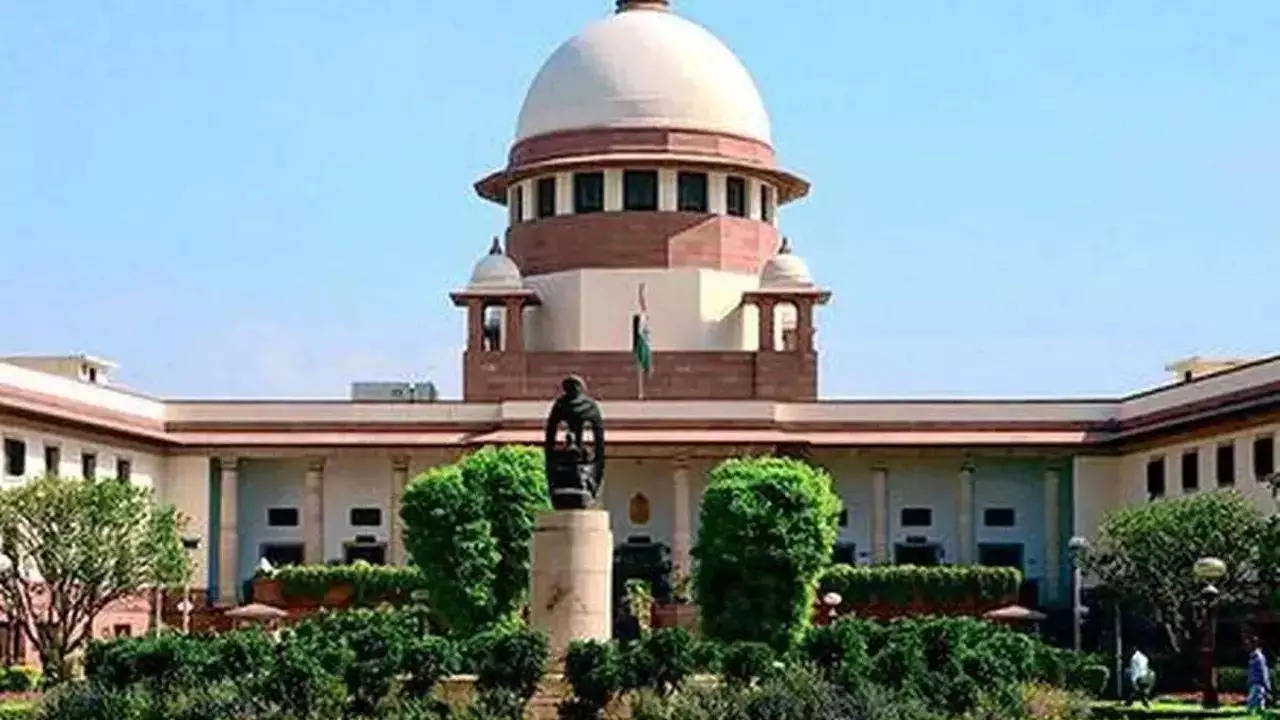There have been differences between the government and the apex court collegium on some of the latter’s picks for high court judgeship.
Sources in the government said finalisation of a revised MoP has been pending for the last seven years, with the government periodically sending reminders to the court.
Supreme Court to review government progress on collegium picks on November 7
Sources in the government said finalisation of a revised MoP has been pending for the last seven years, with the government periodically sending reminders to the court. The last one was sent in January when the law ministry reiterated the need for setting up search-and-evaluation committees for streamlining the process of appointment of judges to the SC and high courts. The proposal is for setting up separate search-and-evaluation committees for the Supreme Court and all 25 high courts, which would screen names for appointment before they are recommended by the collegium. The composition of the search committees has been held up because of the court’s discomfort with the Centre’s proposal that the bodies should have one government representative each, something the judiciary sees as transgressing the collegium’s monopoly over appointments to the higher judiciary.
It will be interesting to watch the SC’s response to Centre’s stance on prioritising the constitution of search and evaluation committees, considering that it has made no secret of its unhappiness about the collegium’s recommendations not being acted upon immediately.
While the government did clear some of the names, leading Justice Kaul to express satisfaction over the progress as well as the hope that the rest of the recommendations would get the green light soon, the government’s reminder on search and evaluation committees raises doubts about its complete acquiescence in the collegium’s preferences.
The matter will come up before the SC on November 7 when the court will review progress made by the government on all pending recommendations, including five recommendations reiterated by the collegium and five sent for the first time, besides transfer of 11 judges.
As of now, while HC collegiums, headed by the chief justice of the HC concerned and having two of its senior most judges as members, recommend names of advocates for judgeship of the HC, a similar process is followed in the SC where the collegium, headed by the CJI and comprising four senior most judges, picks names for the top court. The SC collegium also screens names for HC picks before they are finally recommended to the government. In March, the parliamentary standing committee on law had urged the government and the SC to “weed out their differences” and finalise the revised MoP as HCs had over 30% vacancies.
